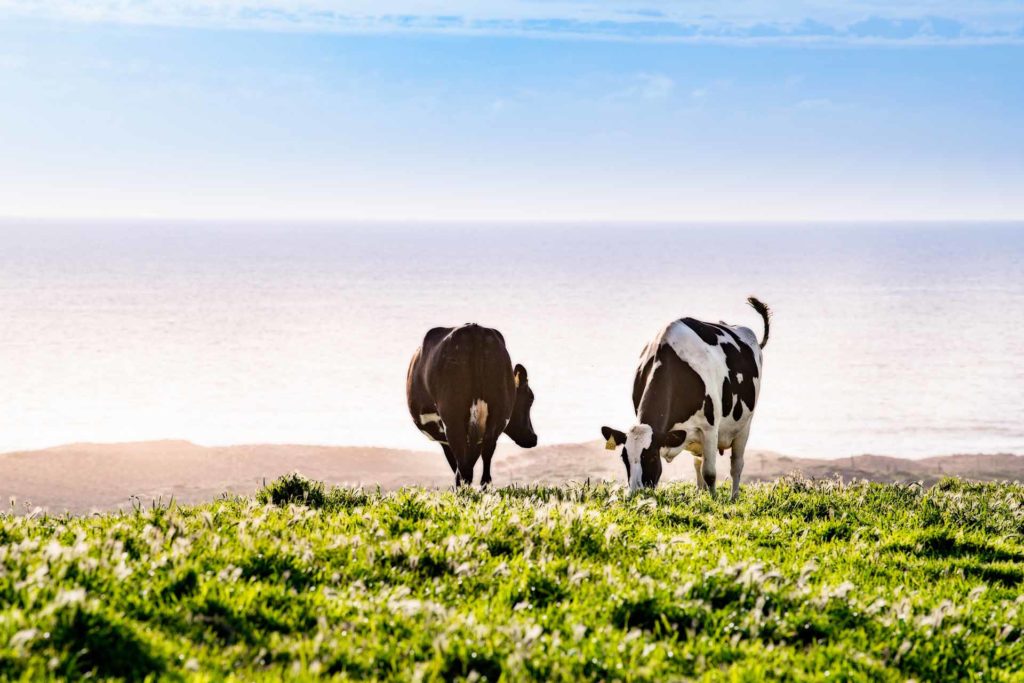
A model of vibrant, sustainable organic agriculture in a national seashore.
Beginning in the 1950s in San Francisco Bay Area, an environmental movement led by farmers, environmentalists, and community members helped protect open spaces in the form of parks and farmland preservation. In 1962, it became Point Reyes National Seashore (PRNS) managed by the National Park Service. A pastoral zone was created within the Park encompassing the historic ranches and farms that were designated “a cultural landscape.” These ranches have roots back to the 1850s. The ranch and farm owners sold their rights to the Park with the promise from Congress that ranching would remain part of the Seashore.
With MALT in place to help farmers on the east side of Tomales Bay and with the pastoral zone established in the Park, the table was set for the next generation of agricultural families to build on.
For decades, local farmers and ranchers have contributed significantly to the Seashore to create a working agricultural landscape that is a national model for sustainable organic farming. The original vision for the Seashore is an example of environmentalists, community members and farmers working together to protect the environment and create a local sustainable food and farming system.
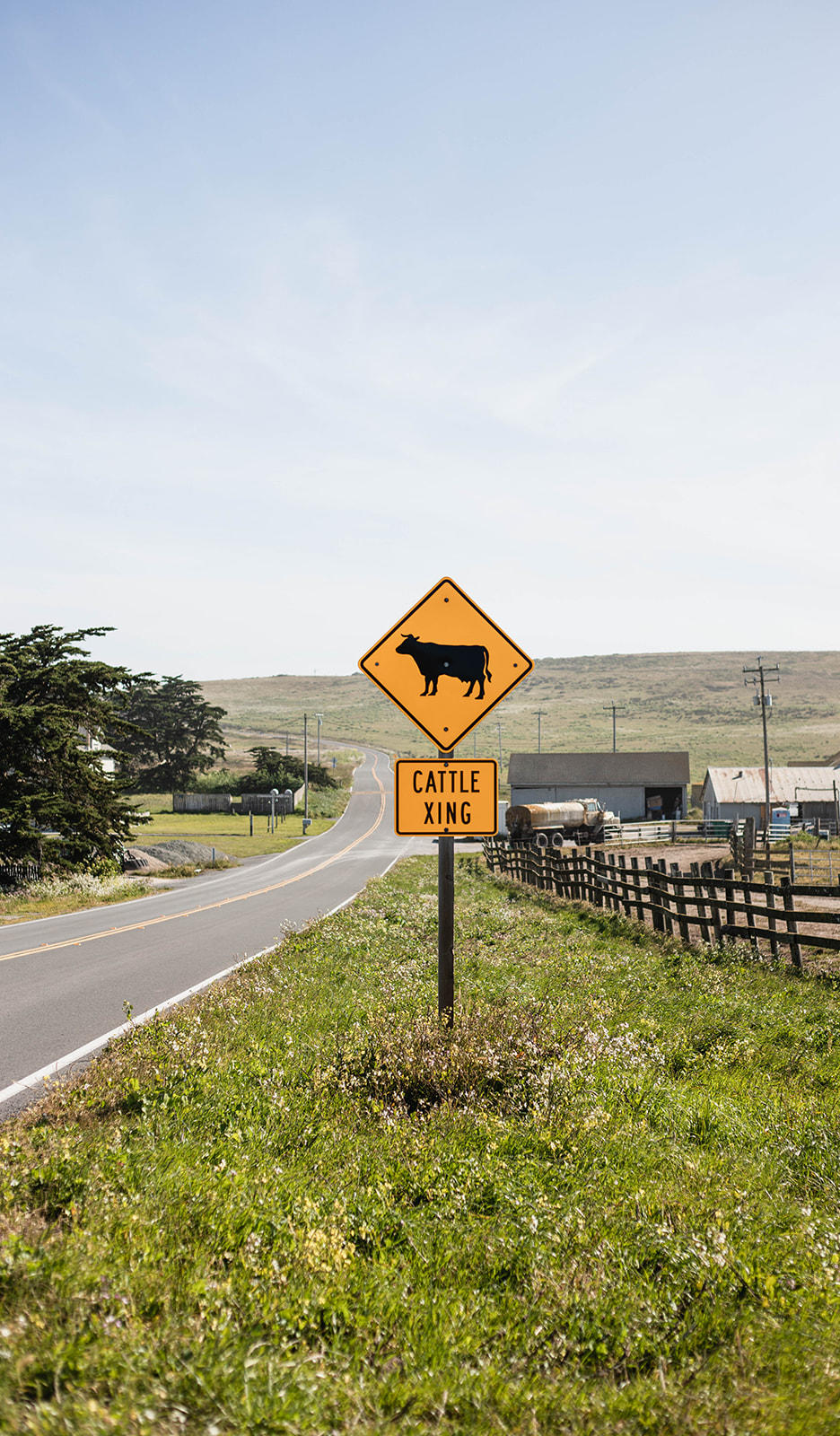
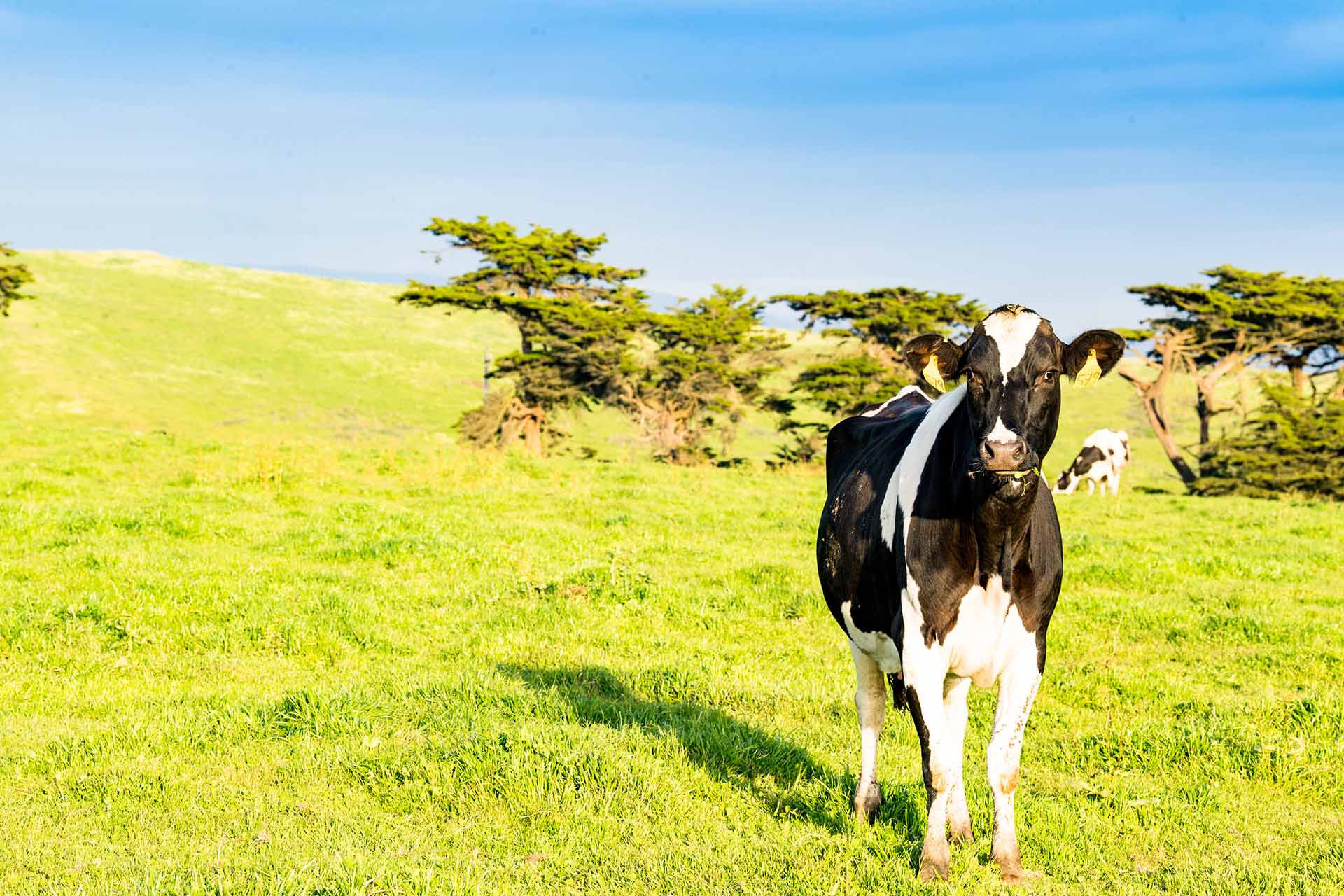
In 2021, PRNS ranches and dairies accounted for nearly 20% (approximately $17 million) of all gross agricultural production in Marin County. These ranches and dairies play a critical role in maintaining the stability of our agricultural and rural communities by providing high quality food, livelihood, and support for the region.
Today, five dairies in the Park are certified organic out of the 16 organic dairies in Marin County. These dairies contribute more than 22% of Marin County’s organic milk production. Organic dairy farming has provided a more stable pricing model, stabilizing the market for dairy farmers in the region.
Prioritizing a local, carbon-neutral organic dairy farming and food production system that is good for the planet and our communities is now more crucial than ever. Climate change, pandemics, wildfires, droughts, and other disasters are threatening all of us. We need to continue to make a positive environmental impact to help sustain family farms, protect wildlife habitats and biodiversity, and improve local rural economies while offering access to local nutritious food.
Cows and Elk can coexist in the Park. We need to manage them collaboratively with an effective natural resource management plan that supports cows and Elk within the Park’s natural ecosystem. This approach allows the Park to protect the farms and ranches that feed our communities while also preserving our natural resources and respecting our environment.
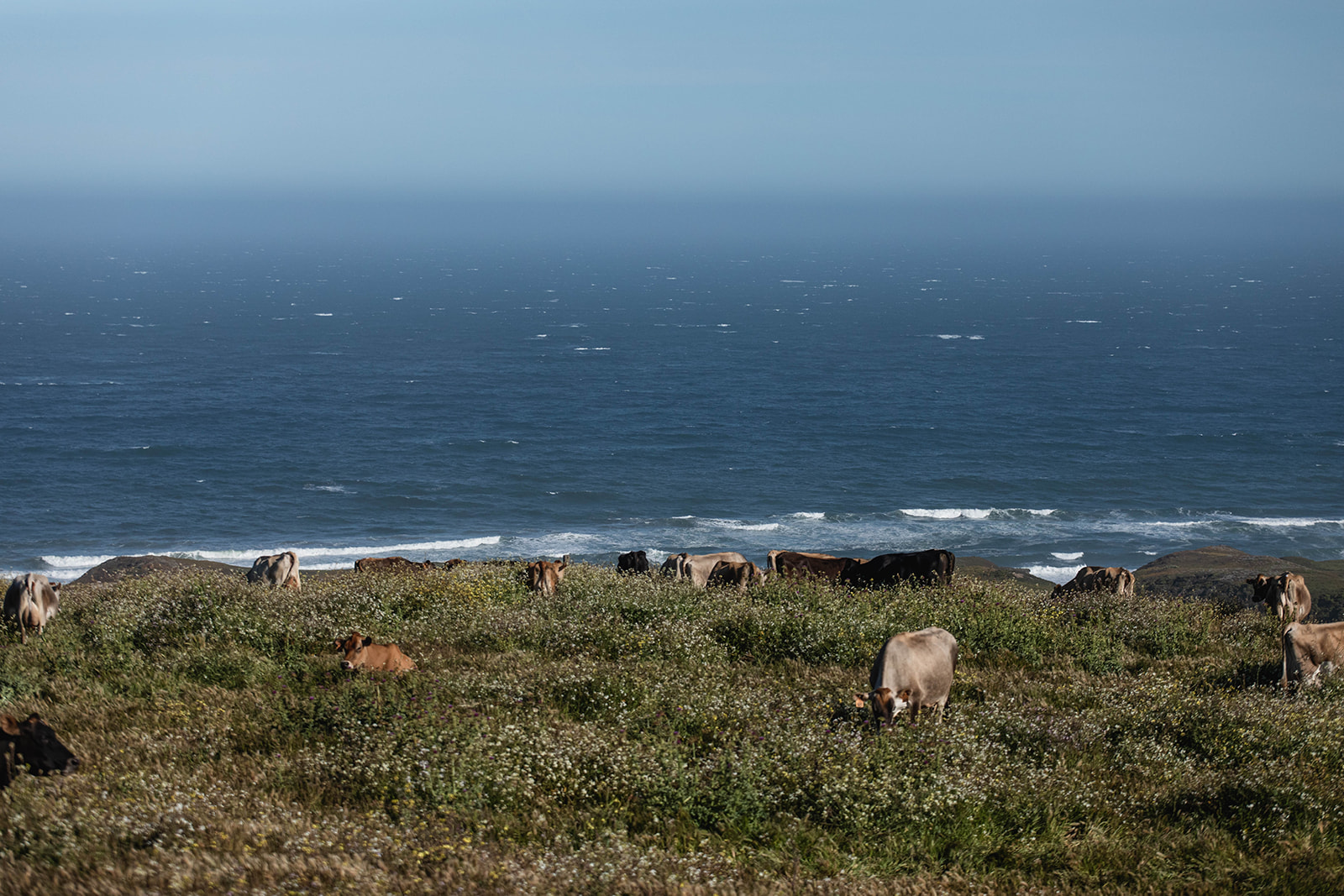
In West Marin, Albert Straus’ dairy farm – Straus Dairy Farm – is developing a carbon-neutral dairy farming model by 2023 and expanding it to Straus Family Creamery’s 11 other supplying dairy farms by 2030. Achieving carbon neutrality means maximizing carbon sequestration and reducing on-farm greenhouse emissions by advancing innovative technologies and regenerative practices.
Straus Family Creamery’s independent supplying family farms – Mendoza Dairy and Drakes View Dairy – are collaborating with the Park in creating a sustainable organic farming model within the Seashore that results in climate-positive farms that support our local organic farming and food system and benefit the surrounding rural community and the greater Bay Area. This collaboration is a critical step in our ongoing quest to create an organic farming model that is good for the planet and our communities.
Cattle ranching can be hard on the land (as can elk), but when managed with intention, grazing animals can help repair the soil and revitalize the grasslands. A 2013 scientific study by the Marin Carbon Project showed that managed grasslands can pull carbon from the atmosphere in the same way forests can and that this is one of the most effective tools we can use to mitigate and reverse climate change.
Many ranchers in Marin are using these techniques designed by this study to grow healthier pastures for their cows while improving water retention, soil, and air quality. Rotational grazing has helped in controlling erosion on the hillsides caused by overgrazing, and the Marin Resource Conservation District has provided help to farmers in planting hedgerows and windbreaks along the creeks and estuaries in West Marin, that have brought aquatic life and native plants back to those waters.
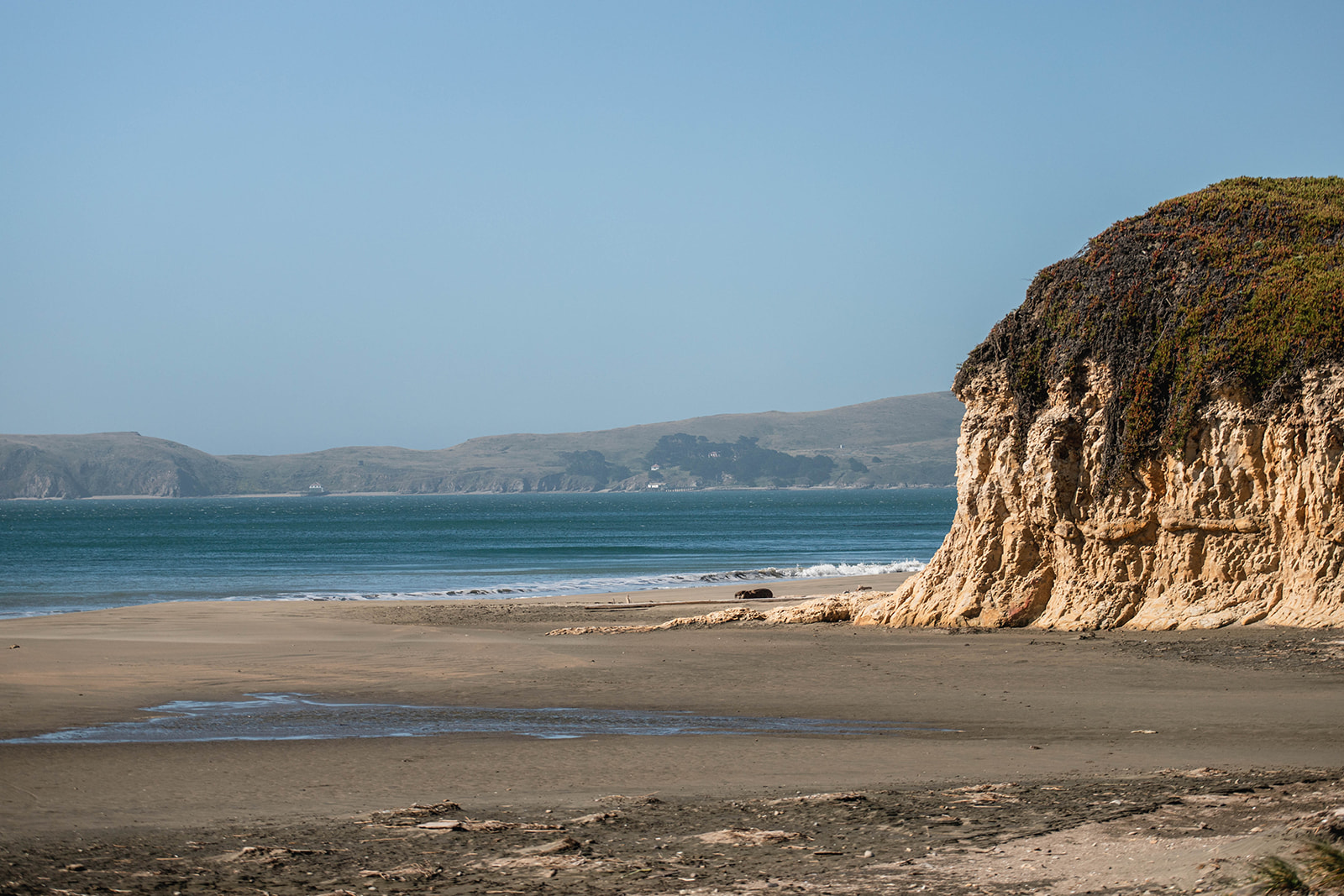
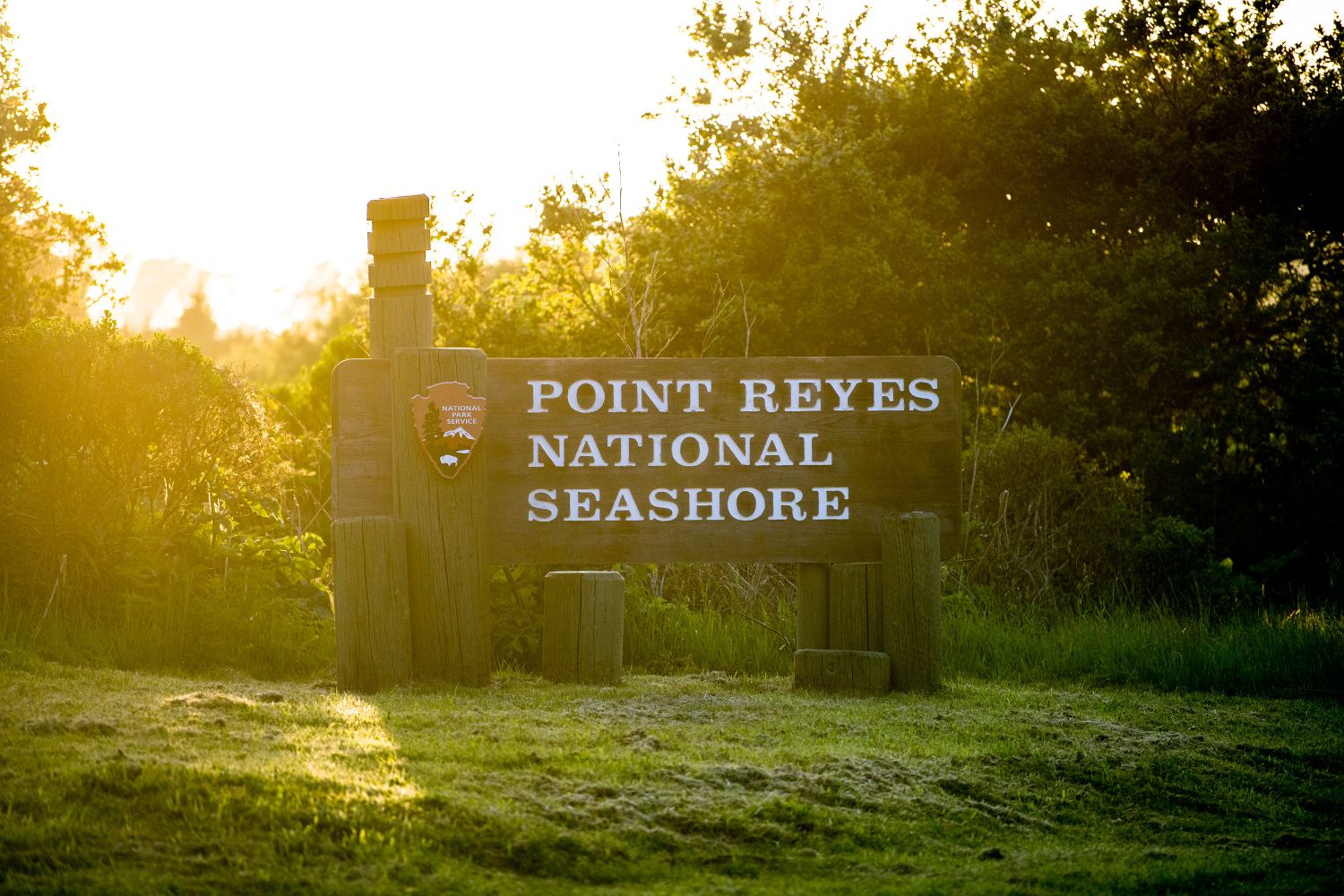
Long-term leases are essential
Organic dairy farming and cattle ranching are demonstrating that agriculture can be one of the solutions to climate change that protects ecosystems, planet and our communities. Long-term leases are essential for these ranches and dairies to invest in a sustainable farming model with regenerative agricultural practices for future generations.